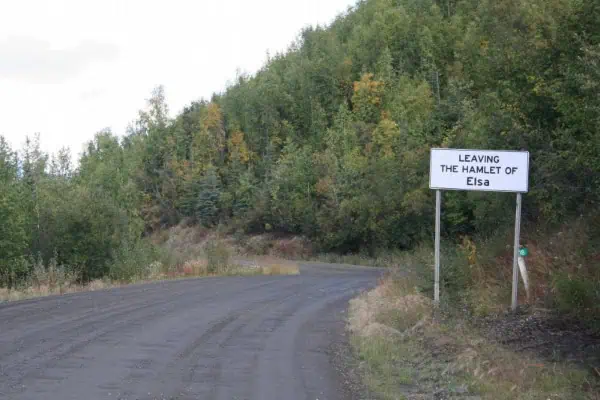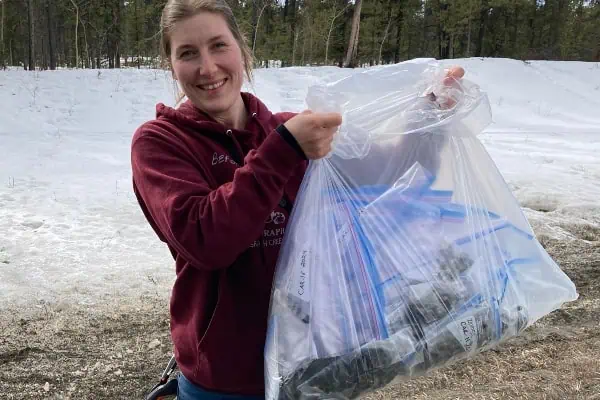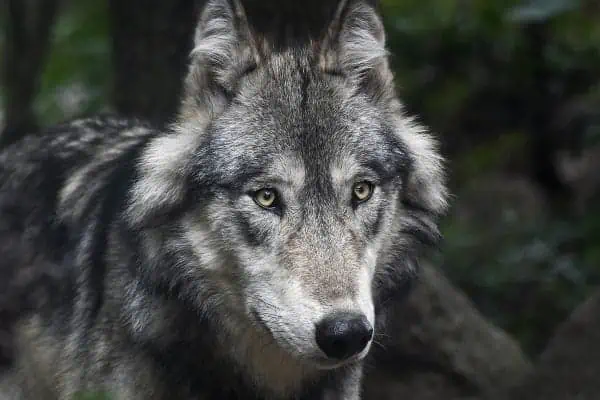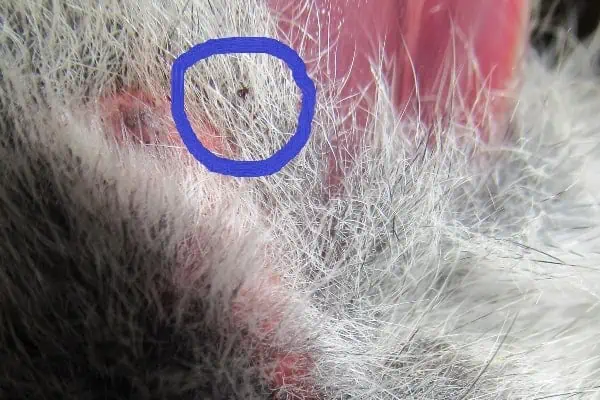In summer, birding is all about the kids. Or, chicks. After the spring blitz of migration and mating, many birds are rearing offspring and staying closer to their nests.
It’s a time when many Yukoners stop birding.
“Our forests are usually more silent and less colourful as males no longer have to advertise for mates or rivals,” explains expert birder Jukka Jantunen.
“But even if you don’t hear birds you can see them. They’re going after food very actively.
“In that sense it’s actually a good time for birding.”
Juvenile birds and male birds transitioning to winter plumage also present new identification challenges to birders, notes Yukon Bird Club President Cameron Eckert.
Wondering where to go for good birding? Wetlands and ponds, which attract both waterbirds and forest birds are good places. McIntyre Marsh off the Fish Lake Road, the Yukon Wildlife Preserve and hotspots like Paddy’s Pond in Hillcrest are all recommended.
“They’re always interesting places. There will be some shorebirds that have stayed, and ducks with their ducklings, as well as passerines (songbirds),” according to Jantunen.
Bird feeders are also a good place to see a variety of birds and their young, notes local birder Ione Christensen.
Eckert suggests visiting uplands – alpine or subalpine areas – to hear and see species like golden-crowned sparrows and Townsend’s solitaires.
And while parents and fledglings may be distracted by feeding and may not pay attention to you, don’t disturb them, advises Eckert. “And never, ever pick up a baby bird.”
Further afield, the Teslin Lake Bird Observatory, which is also a bird banding station, opens in late July, offering a chance to get a closer look at many migrating birds up close – species usually hard to see in their spring habitat.
This includes marsh birds, like yellow warblers, and, most commonly, Alder’s flycatcher, which is a drab-coloured bird well-camouflaged in forests. American redstarts – uncommon around Whitehorse – are regulars here.
The site is open daily by July 26 until October 10, from sunrise for six hours. The best time to see birds – here or anywhere – is early morning.
As well as catching and banding birds, on-site manager Jantunen with volunteers monitor fall migration by visually counting birds passing by and by lake counts (loons, gulls, terns, grebes).
More than 185 species have been observed at the site, with highest numbers in late August. Migration patterns vary by species and molting phases. In some cases, the young head south first, says Jantunen.
He goes on: “In some shorebird species the juveniles can take care of themselves early, and will migrate early. In August, 80 to 90 per cent of the shorebirds that visit are juveniles.
In many gull species, the adults leave Yukon by early August, and most ducks, except dabbling ducks – like mallards – are out of here as soon as they’re done with their family duties.”
For more info on the Teslin Lake Bird Observatory and volunteer opportunities, check out YukonBirdObservatories.org/projects-TLBO.
Happy (summer) birding!




